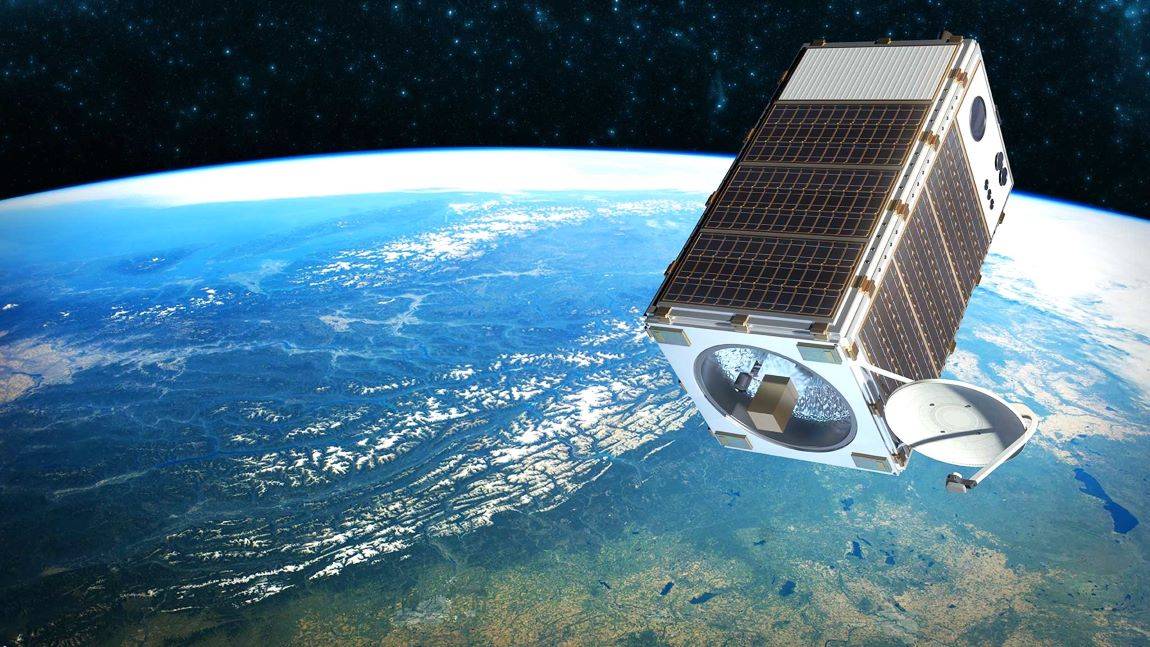
The UNEP International Methane Emissions Observatory (IMEO) created the Methane Alert and Response System (MARS), a data-to-action platform, to get policy-relevant data into the right hands for emissions mitigation. MARS was unveiled at the 27th United Nations Climate Change Conference.
Potent greenhouse gas methane is responsible for at least 25% of global warming. According to the Intergovernmental Panel on Climate Change, to stay within the 1.5°C temperature limit by 2030, methane emissions must be reduced by at least 30%. This is the target of the Global Methane Pledge.
MARS, created within the Global Methane Pledge Energy Pathway framework and received initial funding from the US government, the European Commission, the Global Methane Hub, and the Bezos Earth Fund, will allow UNEP to verify emissions reported by businesses and characterize changes over time. MARS will be implemented with organizations like the International Energy Agency and the Climate and Clean Air Coalition, which UNEP runs.
The world is far off track on efforts to limit global warming to 1.5°C, as UNEP's Emissions Gap Report demonstrated before this climate summit, according to Inger Andersen, executive director of UNEP. "Because methane leaves the atmosphere much more quickly than carbon dioxide, reducing methane emissions can have a significant and quick impact. To achieve this significant short-term climate goal, governments and businesses can significantly benefit from the Methane Alert and Response System.
The Bezos Earth Fund and the Global Methane Hub are funding additional UNEP IMEO initiatives and helping MARS. These include background research and early work on agricultural methane emissions, where it is anticipated that combining multi-scale ground measurements with expanding satellite capacity will improve quantification. The first public global system connecting methane detection to notification processes
MARS will be the first globally accessible system to connect methane detection and notification procedures transparently. It will identify significant emission events, alert pertinent parties, and support and monitor mitigation progress using cutting-edge satellite data.
MARS will incorporate data from the quickly growing system of methane-detecting satellites to include lower-emitting area sources and more frequent detection, starting with very large point sources from the energy sector. Data on rice, waste, livestock, and coal will gradually be added to MARS to support the implementation of the Global Methane Pledge.
John Kerry, U.S. Special Presidential Envoy for Climate, stated that reducing methane is the best way to slow global warming and keep 1.5°C within reach. "This new alert and response system is going to be a critical tool for helping all of us deliver on the Global Methane Pledge," Kerry added.
MARS will use data from high-resolution satellites to link the emissions to a specific source after first identifying very large methane plumes and methane hot spots using data from global mapping satellites. Then, either directly or through partners, UNEP will inform companies and governments about the emissions so that the accountable party can take the necessary action.
MARS partners will offer technical or advisory services, such as assistance in evaluating mitigation opportunities, upon request. Between 45 and 75 days after detection, UNEP will keep an eye on the event's location and release the data and analysis to the public.
The primary global environmental voice is the UN Environment Programme. It offers leadership and promotes collaboration in protecting the environment by motivating, educating, and empowering countries and people to raise their standard of living without compromising that of the next generation.
















